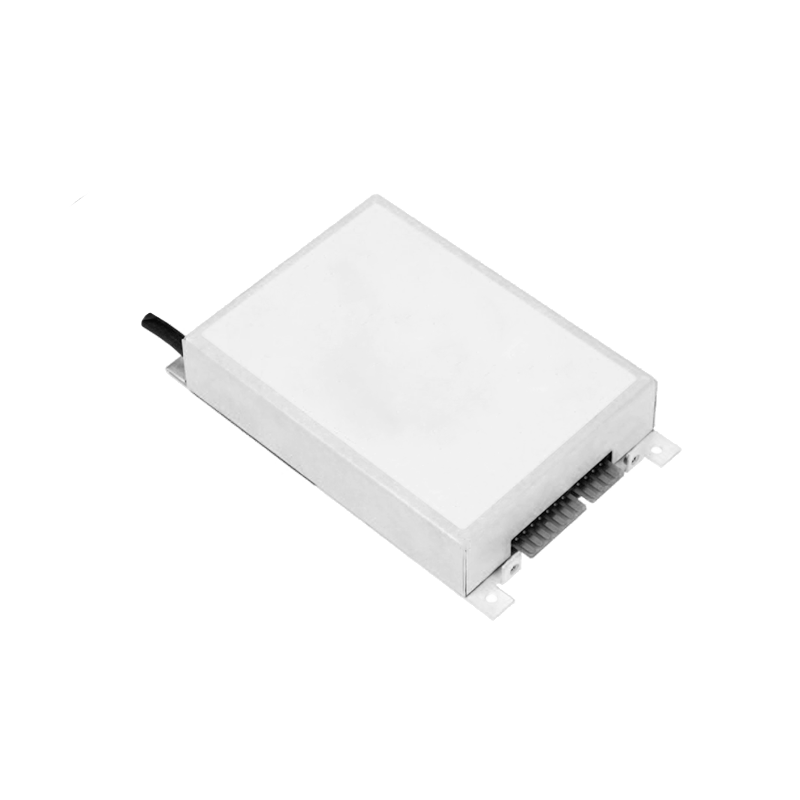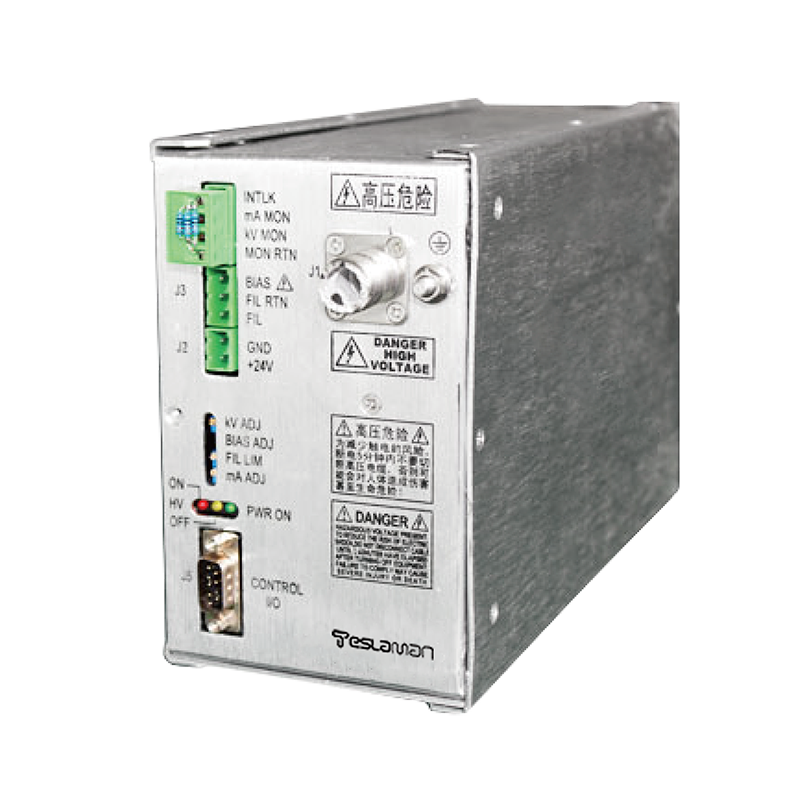High-Voltage Power Supply for Electron Beam Welding: Microstructural Optimization of Weld Joints
Electron beam welding (EBW) utilizes focused high-energy electron beams to fuse materials with exceptional precision. The high-voltage power supply provides the acceleration potential that governs beam energy, directly influencing penetration depth, heat distribution, and microstructural characteristics of the welded joint.
To achieve optimal results, the power supply must deliver highly stable high-voltage output with deviations below 0.01%. Dual closed-loop control ensures constant beam power despite load changes or arc disturbances. Microsecond-level response time allows rapid compensation during dynamic beam modulation.
Pulse-controlled beam energy modulation enables precise thermal input control. By varying pulse width and duty cycle, the power supply can adjust the instantaneous beam power to refine grain structure and reduce residual stress. Integrated feedback from thermal sensors and optical monitors enables real-time adaptive energy control, maintaining a uniform melt pool and minimizing porosity or cracking.
The high-voltage system incorporates advanced insulation and surge protection to withstand back-emission currents and secondary discharges typical in vacuum environments. A programmable waveform generator provides custom voltage profiles for different materials and thicknesses, enabling fine-tuned control of microstructure evolution.
Moreover, synchronization with beam deflection systems allows the power supply to coordinate voltage modulation with scanning trajectories, ensuring uniform heat distribution even over complex geometries. This precise control over the electron beam energy profile leads to improved grain refinement, reduced microsegregation, and enhanced mechanical performance of welded joints.
The integration of fast-response regulation, real-time thermal feedback, and programmable energy modulation makes the high-voltage power supply a key enabler for achieving superior microstructural control and consistent weld integrity in high-precision EBW applications.




















